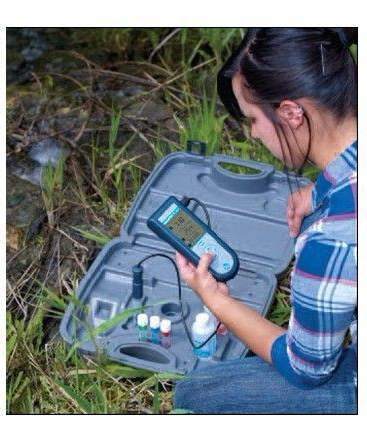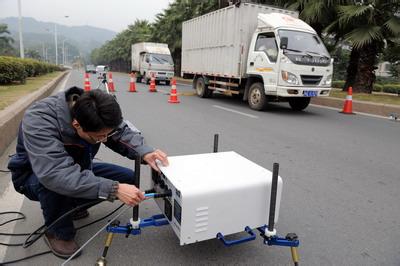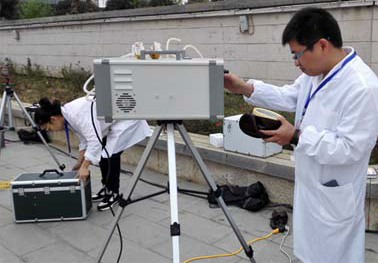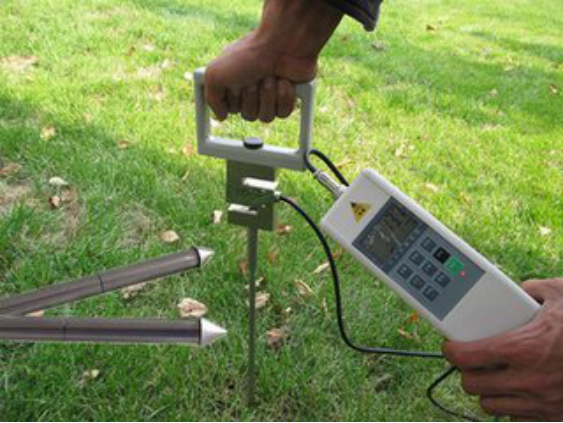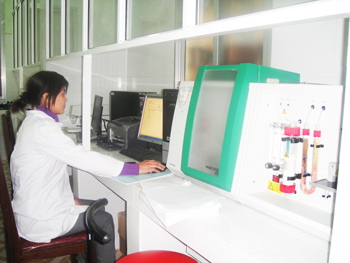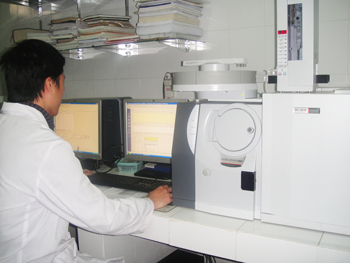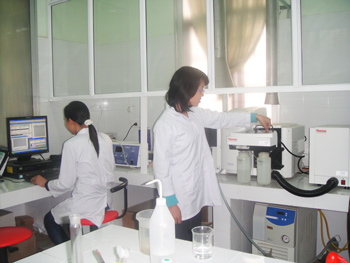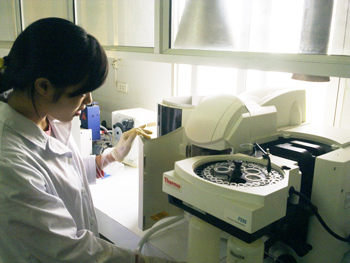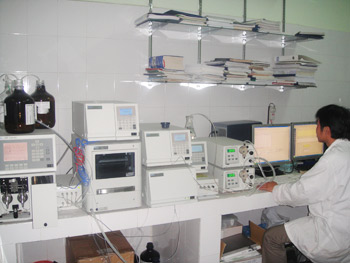The prediction, one season ahead, of summer heat waves in Europe remains a challenge. A new study led by a French-Swiss team shows that summer heat in Europe rarely develops after rainy winter and spring seasons over Southern Europe. Conversely dry seasons are either followed by hot or cold summers. The predictability of summer heat is therefore asymmetric. Climate projections indicate a drying of Southern Europe. The study suggests that this asymmetry should create a favorable situation for the development of more summer heat waves with however a modified seasonal predictability from winter and spring rainfall.
These results will be published online in Nature Climate Change, on 27th May 2012.
Along the past decade, Europe witnessed a series of exceptional summer heat waves with important impacts on society (eg. the 2003 and 2010 heat waves). These extreme cases are often considered as prototypes of summers of future warmer climate. Our ability to anticipate such events one or several months in advance remains poor. A study lead by the Laboratoire des Sciences du Climat et de l'Environnement (LSCE) and the Swiss Federal Institute of Technology Zurich (ETH Zurich), published in Nature Climate Change, examines whether preceding seasons rainfall allow to predict the frequency of forthcoming summer hot days [1] and physical causes of such a predictability.
From the analysis of precipitation and temperature observations from 200 European meteorological stations over more than 60 years, this study generalizes a result obtained over a region of Southeastern Europe [2]: rainy winters and springs inhibit the development of hot summer days in the following summer season, while dry or normal rainfalls allow either a large or a weak number of hot temperature days. Precipitation events driving this predictability property for Western/Central Europe are exclusively those located over Southern Europe in preceding months. The study shows that this asymmetric predictability results from a difference in the sensitivity of hot days frequency to atmospheric circulation: after dry months, a strong solar energy, associated with anticyclonic conditions, is transferred to the atmosphere through heat fluxes, amplifying drought and heat with a positive feedback. After rainy months, solar energy is largely used for evapo-transpiration instead, limiting the amplification of heat. Even after very dry winter and spring seasons, early summer heavy precipitations can annihilate the potential to develop extreme temperatures, which may have been the case during the 2011 summer, which followed an exceptional spring drought.
The study then analyses the ability of 14 global climate models, used in future climate projections, to reproduce the asymmetric relationship between precipitation and temperature found in the observations. Most models (among which the most recent version of Institut-Pierre Simon Laplace climate model) do exhibit these relations, but with less clear links. Models that best fit the observed relations predict summer temperatures and winter and springs dryness [3] in the upper part of the range of the uncertainty.
[1] Days for which mean temperature lies within the upper 10% of temperature values
[2] Hirschi, M. et al. Observational evidence for soil-moisture impact on hot extremes in southeastern Europe. Nature Geosciences 4, 17-21 (2011).
[3] See also : Seneviratne, S.I., et al., 2012: Changes in climate extremes and their impacts on the natural physical environment. In: Managing the Risks of Extreme Events and Disasters to Advance Climate Change Adaptation (IPCC SREX report) [Field, C.B., V. Barros, T.F. Stocker, D. Qin, D.J. Dokken, K.L. Ebi, M.D. Mastrandrea, K.J. Mach, G.-K. Plattner, S.K. Allen, M. Tignor, and P.M. Midgley (eds.)]


 English
English Vietnamese
Vietnamese